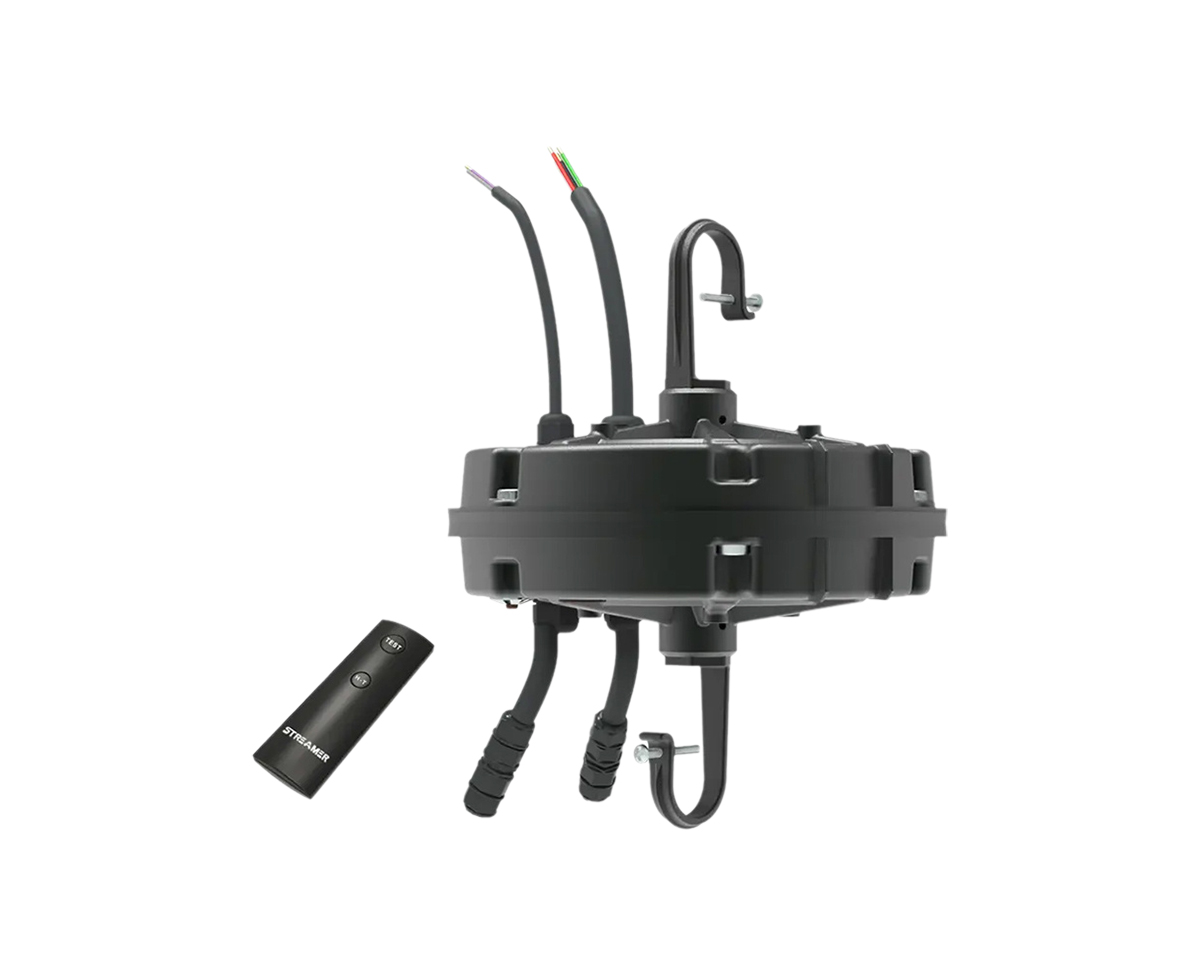 1
1
 Apr 04, 2025
Apr 04, 2025

Emergency power supplies (EPS) and storage batteries serve distinct roles in energy systems, though they are often interconnected. Below is a detailed comparison of their definitions, compositions, and applications:
1. Fundamental Definitions
Emergency Power Supply (EPS):
An EPS is a complete system designed to provide temporary power during mains outages or emergencies. It typically includes:
Energy Storage: Batteries (e.g., lead-acid, lithium-ion) to store electrical energy.
Power Conversion: Inverters to convert DC power from batteries to AC power for appliances.
Control Electronics: Chargers, transfer switches, and monitoring systems to manage power flow.
EPS systems are engineered for rapid activation (milliseconds to seconds) and may include additional features like surge protection, load management, and remote monitoring.
Storage Battery:
A storage battery is a standalone energy storage device that stores electrical energy chemically and releases it as DC power. It consists of electrochemical cells (e.g., lead-acid, nickel-cadmium, lithium-ion) and may include a battery management system (BMS) for larger systems. Storage batteries are passive components that require external systems (e.g., chargers, inverters) to function in power applications.
2. Design and Complexity
EPS Complexity:
EPS systems are highly integrated and application-specific. For example, a uninterruptible power supply (UPS) for a data center includes:
Double Conversion UPS: Constantly converts mains power to DC for batteries and back to AC, ensuring zero transfer time.
Line-Interactive UPS: Uses a transformer to regulate voltage and switches to battery power during outages.
Safety features like fire-resistant enclosures and automatic load shedding are standard in EPS systems.
Battery Design:
Storage batteries focus on energy density, cycle life, and environmental compatibility. For example:
Lead-Acid Batteries: Low cost, high reliability, but heavy and with limited cycle life (300–500 cycles).
Lithium-Ion Batteries: Higher energy density, longer cycle life (1,000+ cycles), but require sophisticated BMS to manage thermal and voltage stability.
3. Lifecycle and Maintenance
EPS Maintenance:
EPS systems require regular testing (e.g., load bank tests) to ensure inverter and battery functionality. Annual maintenance includes checking switchgear, replacing aging batteries, and updating firmware.
Battery Maintenance:
Maintenance varies by type:
Sealed Lead-Acid (SLA): maintenance-free, but require periodic voltage checks.
Flooded Lead-Acid: Require water top-up and acid level monitoring.
Lithium-Ion: Minimal maintenance, but BMS must be calibrated to prevent overcharging/ discharging.